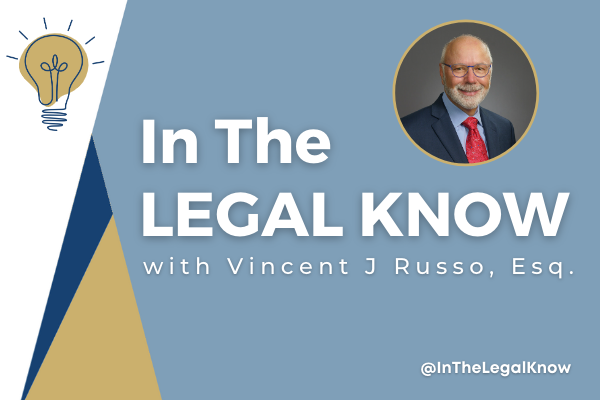Most older adults want to remain in their homes and communities as they age rather…
Do I Need a MOLST Form? Part 2
 In Do I Need a MOLST Form? Part 1, we discussed who might need a MOLST form and in which situations. Below we’ll discuss how a MOLST form is executed.
In Do I Need a MOLST Form? Part 1, we discussed who might need a MOLST form and in which situations. Below we’ll discuss how a MOLST form is executed.
There are certain medical requirements that need to be met in order for a MOLST to be in place for the patient with developmental disabilities.
Once the form is properly completed and executed by the attending physician and concurring physician, the hospital or healthcare provider has to provide a notice to the Mental Hygiene Legal Services (MHLS) of the county in which the developmentally disabled individual lives and resides, and to the Office of Persons With Developmental Disabilities (OPWDD).
Once MHLS and OPWDD have been provided notice, they have 48 hours to object. If either agency objects, then the person seeking the MOLST on behalf of the patient with the developmental disability can take further action. Typically, if either agency objects to the MOLST, it is either because they feel it is premature or because there is a technical reason, like the MOLST checklist isn’t filled out properly or it needs more specificity.
Sometimes, however, the agency will object because they believe the patient just doesn’t meet the requirement. The patient’s condition may be chronic, but not necessarily terminal. The patient’s advocate may not be able to provide proper evidence that this imposes an extraordinary burden on the patient.
These objections will cause the MOLST form to not be implemented. The person seeking the MOLST on behalf of the patient, which could be a guardian under Surrogate’s Court Procedure Act Article 17A or a family member of the patient with developmental or intellectual disabilities, then has the opportunity to:
- Mediate with the OPWDD or the MHLS to discover and possibly address their concerns; or
- Complete the MOLST checklist in a different way that would meet their requirements.
In the event that those attempts are not successful—which they usually are not—then the guardian will have to commence a court proceeding and request a judge rule in favor of implementing the MOLST. It is possible that the agency objecting to the MOLST will fight the battle.
It’s important for 17A guardians to know this information so they don’t get blindsided when trying to implement the MOLST for their loved one, and to ensure they are not maintained on life-sustaining treatment unnecessarily.
There are a number of reasons why the MHLS or OPWDD would object. When it comes down to it, it doesn’t really matter what the guardian wants. What matters is if the MOLST is going to be objected to.
Before the checklist is submitted, it’s advisable to speak with a physician and an attorney. An Elder Law Attorney can ensure the form is filled out properly and with specific information so that it’s not going to be objected to on its face.
It’s a stressful and emotional situation, especially when talking about life-sustaining treatment. No one wants to have this burden to begin with, much less with a monkey wrench thrown in. If you need help with this process, please do not hesitate to contact us with questions.




This Post Has 0 Comments